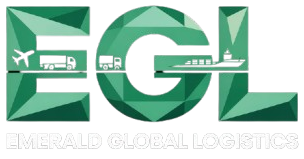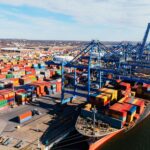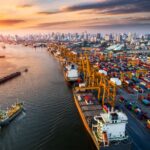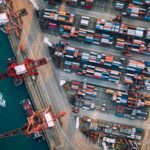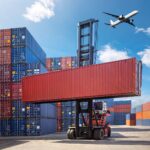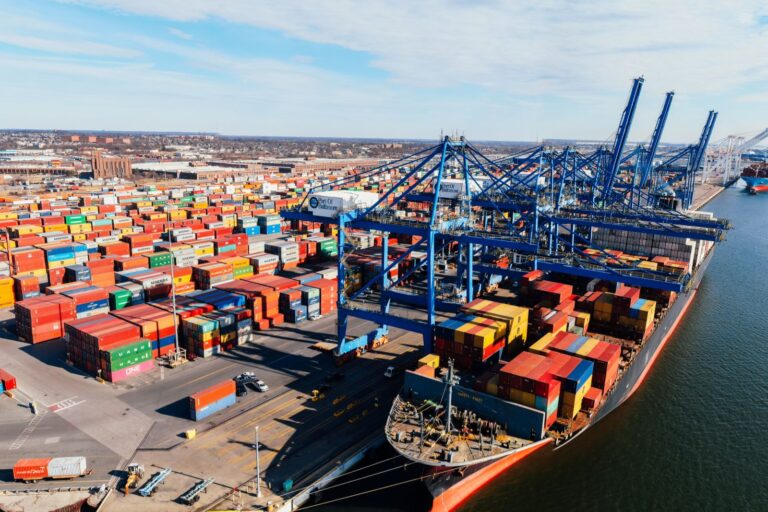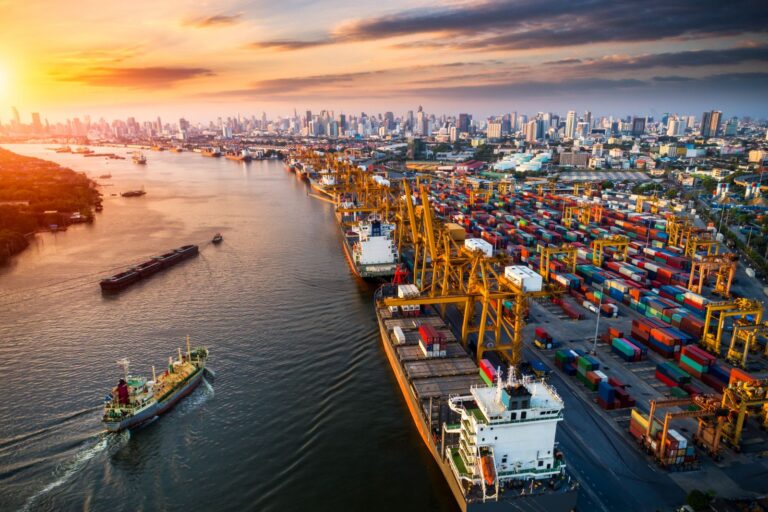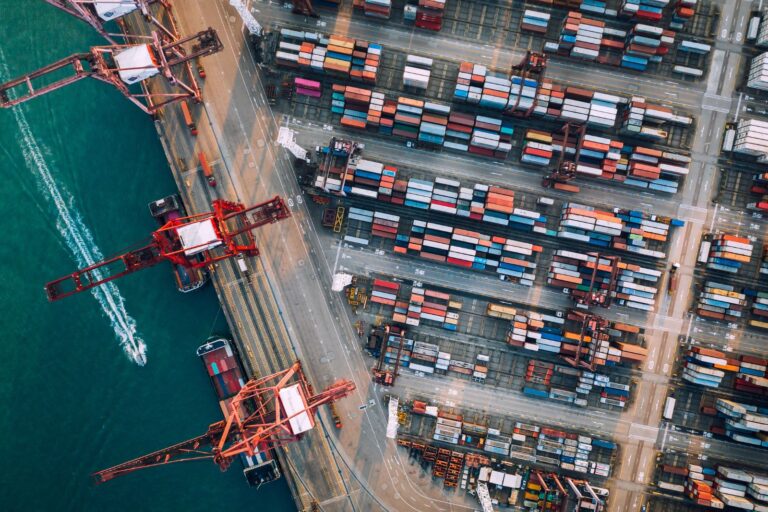Introduction
Global trade relies on one key backbone: container shipping. Every day, millions of goods — from electronics to food supplies — move across oceans inside standardised shipping containers. For businesses or individuals new to international logistics, the process can feel overwhelming. How are goods packed, shipped, tracked, and delivered safely? More importantly, how do you find a reliable partner to manage it all?
Understanding how container shipping works is essential for making smart supply chain decisions, whether you’re a growing e-commerce brand or an enterprise moving bulk cargo. This guide explains the full process step by step, including benefits, costs, and common mistakes to avoid.
At EGL – Emerald Global Logistics, we specialise in simplifying international freight and helping businesses across Australia navigate container shipping with confidence.
What Is Container Shipping?
Container shipping is the transportation of goods in large, standardised containers (20ft or 40ft), designed for safe, efficient movement by sea, rail, and road. These containers allow goods to be consolidated, protected from damage, and transferred easily between modes of transport without unloading the cargo.
Why Container Shipping Matters
Key Advantages
- Global reach: Enables businesses to trade across continents.
- Cost efficiency: Bulk shipping reduces per-unit transport costs.
- Security: Containers protect goods from weather, theft, and handling damage.
- Flexibility: Handles everything from small retail stock to industrial machinery.
Types of Container Shipping
FCL – Full Container Load
- Entire container reserved for one shipper.
- Best for large volumes or sensitive cargo.
- Offers faster handling and lower risk of delays.
LCL – Less than Container Load
- Multiple shippers share container space.
- Cost-effective for smaller shipments.
- Slightly longer transit times due to consolidation.
Specialised Containers
- Reefer containers for temperature-sensitive goods.
- Open-top containers for oversized cargo.
- Tank containers for liquids.
Step-by-Step Guide: How Container Shipping Works
1. Booking & Planning
Shippers contact a freight forwarder or logistics provider to arrange container space. At EGL, this includes assessing the right container type, route, and schedule.
2. Packing & Loading
- Goods are packed securely to prevent damage.
- Containers are sealed and documented with unique ID numbers.
- For FCL, a single shipper fills the container; for LCL, goods are consolidated.
3. Transport to Port
Containers are moved by truck or rail from warehouse to port.
4. Customs & Documentation
Critical paperwork includes:
- Bill of Lading
- Commercial Invoice
- Packing List
- Export/Import Declarations
5. Ocean Shipping
Containers are loaded onto massive container vessels. Transit time depends on distance, route, and weather.
6. Arrival at Destination Port
Containers are offloaded and pass through customs checks. Duties and taxes may apply.
7. Inland Delivery
Containers are transported by truck or train to the final destination.
8. Unpacking & Return
Shippers unload goods, and empty containers are returned for reuse.
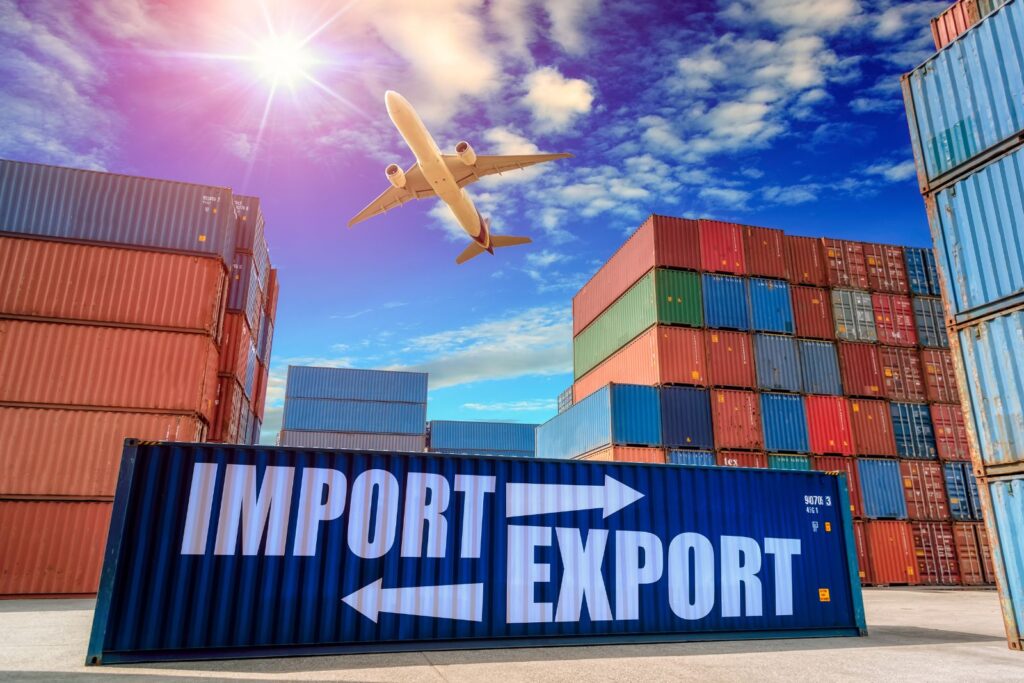
How Much Does Container Shipping Cost?
The cost of container shipping depends on several variables:
- Container size (20ft vs 40ft).
- FCL vs LCL service.
- Origin and destination ports.
- Fuel prices and surcharges.
- Seasonal demand (peak seasons increase costs).
Typical pricing:
- FCL (20ft container): $1,500–$3,500 on popular trade routes.
- FCL (40ft container): $2,500–$5,000+.
- LCL freight: Priced by cubic metre (CBM), usually $50–$100 per CBM.
💡 Tip: Always get an upfront, itemised quote to avoid hidden charges.
Tips for Successful Container Shipping
- Plan ahead: Book early, especially during peak shipping seasons.
- Choose the right container for your cargo type.
- Work with experts who understand customs compliance.
- Insure your goods for added protection.
- Track your shipment for real-time visibility.
Common Mistakes to Avoid
- Incorrect cargo measurements leading to overcharges.
- Poor packaging that results in damaged goods.
- Ignoring customs rules, causing costly delays.
- Choosing the cheapest option without considering reliability.
Real-World Use Cases
- E-commerce brands shipping stock from China to Australia via LCL.
- Agricultural exporters using reefer containers to ship fresh produce.
- Manufacturers moving machinery in FCL shipments to overseas partners.
- Individuals relocating household goods across continents.
Why Partner with EGL – Emerald Global Logistics?
At EGL – Emerald Global Logistics, we understand that container shipping is more than just moving goods — it’s about ensuring your supply chain runs smoothly. We provide:
- Tailored FCL & LCL solutions to suit your business size.
- End-to-end visibility from booking to delivery.
- Competitive, transparent pricing with no hidden costs.
- Expertise in customs clearance and international regulations.
👉 Learn more about us here: About EGL
FAQs – How Does Container Shipping Work?
1. How long does container shipping take?
Transit times vary, but most international shipments take 2–6 weeks depending on route.
2. Do I need a full container to ship goods?
No, you can use LCL services to share space and only pay for what you use.
3. What’s the difference between FCL and LCL?
FCL reserves a whole container for one shipper, while LCL consolidates shipments from multiple shippers.
4. Is container shipping safe?
Yes, containers are sealed, tracked, and built to protect goods against weather and theft.
5. Can EGL handle customs clearance?
Yes, EGL offers full customs and compliance support for hassle-free shipping.
Conclusion – Simplify Container Shipping with Experts
Container shipping is the backbone of international trade, offering reliable, cost-effective, and scalable solutions for businesses of all sizes. By understanding the process — from booking to final delivery — you can avoid delays, reduce costs, and protect your cargo.
At EGL – Emerald Global Logistics, we make container shipping seamless with tailored solutions, expert guidance, and transparent pricing. If you’re ready to streamline your logistics, contact us today and let our team handle the complexities while you focus on growing your business.
